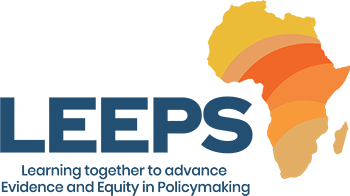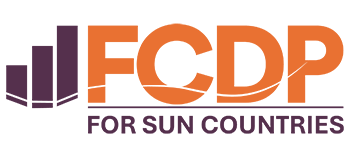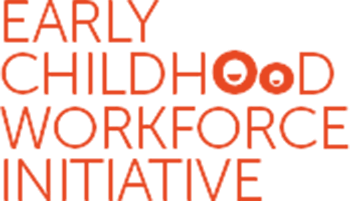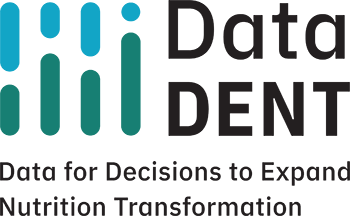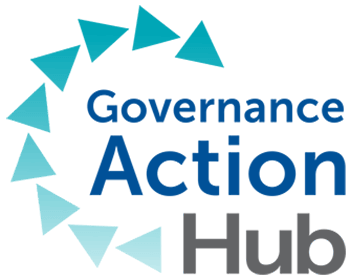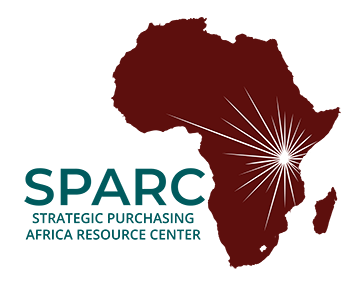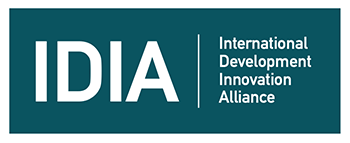Improving health regulation in Ghana
Planning for action
Ghana’s Health Facility Regulatory Agency (HeFRA) in collaboration with the Health Systems Strengthening Accelerator (the Accelerator), led by R4D, the Health Strategy and Delivery Foundation and ICF, convened a co-creation workshop with key stakeholders to diagnose challenges in health facilities regulation and co-design solutions to address them to reduce duplications, overlaps in their functions and ultimately improve efficiency and stakeholder trust.
Problems identified
During the workshop, stakeholders identified significant overlaps in functions, duplications in activities and variations in approach to health facility regulation largely between HeFRA and National Health Insurance Authority (NHIA), and to a lesser degree, between HeFRA and the Pharmacy Council (PC) and the Traditional Medicine Practitioners Council (TMPC). These challenges are rooted in the legal regimes that established the respective agencies and which mandate the agencies with some health facility regulation functions. Participants identified sources of the challenges to be the following:
- Provisions of the respective Acts of Parliament: The Acts create the overlaps in functions, for example Act 829 mandates HeFRA to license and monitor health facilities while Act 852 also mandates NHIA to credential health facilities. Similarly, while Act 857 mandates PC to grant licences to pharmacies and over the counter medicine sellers to operate, Act 829 also mandates HeFRA to do the same.
- Variations in the classification, nomenclature and grading of health facilities: These variations are most pronounced between HeFRA and NHIA. For example, HeFRA identifies service centres such as laboratories within big facilities as facilities by themselves, but NHIA considers these as part of the one big facility. Conversely, after inspection NHIA grades facilities on an A, B, C scale for credentialing but HeFRA does not grade facilities. One other variation is that NHIA requires two doctors for a primary hospital but HeFRA requires three.
- Inspection tools and manuals: For example, NHIA tools seek to focus on processes but inputs are retained where deemed essential. A lot of facilities perceive that HeFRA and NHIA inspect facilities for the same requirements, thereby duplicating the process and costing facilities money.
- Processes: Process issues identified included facilities complaints of too many visits from regulators; duplication of visits and payments; HeFRA assessors are sometimes perceived as not having undergone formal training in facility assessment; different frequency of inspections between HeFRA and NHIA; facilities may not receive adequate communication about inspection plan; independent post inspection monitoring schedules.
Participants recognized that the solutions that are needed to address Ghana’s regulatory challenges were well known and that the capacity that is required to implement these solutions exist in Ghana. However, the country has often struggled to utilize these solutions and capacities in a coordinated and systematic manner, leading to an incoherent regulatory system that overburdens health facility managers. Through brainstorming in groups, stakeholders identified solutions to address the regulatory gaps through stronger collaborations among the actors and utilizing existing capacities to carry out ongoing and proposed improvements in a more coordinated, harmonized and continuous manner rather than individually driven and or one-time changes.
Action planning
Following the co-creation event, the Accelerator supported the leadership of HeFRA and representatives from various government agencies to develop a country-owned action plan to improve the health regulation environment in Ghana. The plan was focused on reducing financial and regulatory burden on health facilities through closer collaboration between HeFRA and other agencies with health regulatory functions. The strategic objectives were:
- To strengthen collaboration and harmonisation between HeFRA and other health facility regulating agencies (NHIA, PC, TMPC, AHPC).
- To deepen partnership between HeFRA and regulators of health practitioners and practice (NMC, MDC, PC, AHPC and service provider groups).
- To improve HeFRA’s operational efficiency and effectiveness to achieve 55% licensing coverage by 31st December 2023.
Eight strategies were developed for strategic objective 1, two for strategic objective 2 and five for strategic objective 3. Each of the 47 activities on the action plan was assigned person(s) responsible, timeframe, budget items, indicator for tracking the progress of the activity, and any remarks that helped to clarify any aspects such as how the budget items were determined.
Alignment to HeFRA strategy
The draft action plan was presented to HeFRA’s management, its board and stakeholders for review and validation during which the HeFRA Board set up a Technical Working Group (TWG) to review its strategic plan and align it with the co-created strategic framework or action plan.
After discussing the draft revised structure, the TWG agreed to consolidate the goals in the current strategic plan from 6 to 4, the strategic objectives from 18 to 8 and the strategies to 38. The Board subsequently approved the revised plan subject to the development of an implementation plan. The proposed activities in the co-creation action plan will be adopted as part of the implementation plan for the realigned HeFRA strategic plan for 2022 – 2025.
It is anticipated that the finalized implementation plan will be costed and used to mobilize additional resources for operationalizing the strategic plan and the co-created action plan for strengthening collaboration among the stakeholders. The expected benefits of rolling out the co-created solutions include:
- Less time pressure on health facilities with less stress on health workers.
- Reduced financial burden on health facilities.
- Improved operational efficiency and effectiveness for health regulation.
- More stakeholder confidence in the health regulatory environment and in the health system.
- Better opportunity for health facilities to perceive and use health facility regulation as an opportunity for health care safety and quality improvement toward achieving NHQS goals and supporting Ghana’s UHC 2030 agenda.
Next Steps
The Accelerator will continue to support the development of the costed implementation plan and rollout of the action plan for improved collaboration among the regulatory agencies, and to reconvene stakeholders in the ensuing year to assess progress and proffer solutions to any identified barriers or challenges. The program will support HeFRA to engage other USAID implementing partners and development partners using the costed implementation plan to mobilize resources to operationalize the action plan and HeFRA’s program of work.
Photo © Health Systems Strengthening Accelerator




